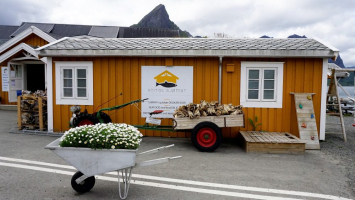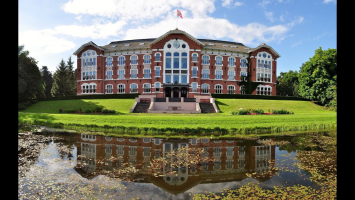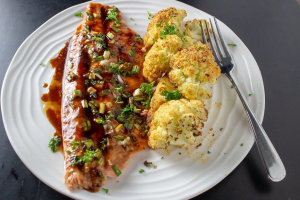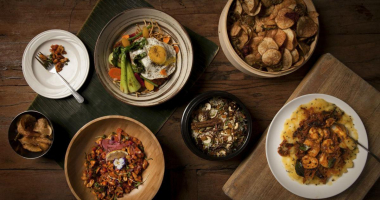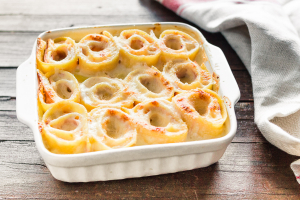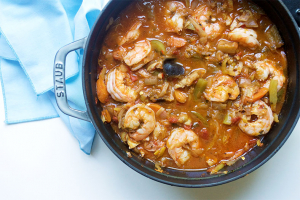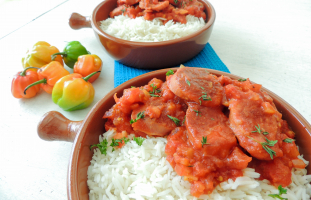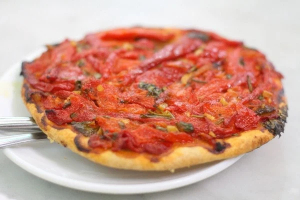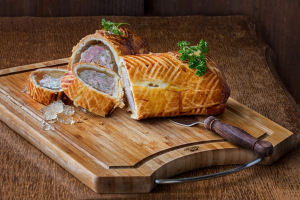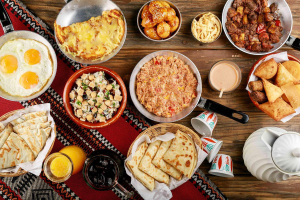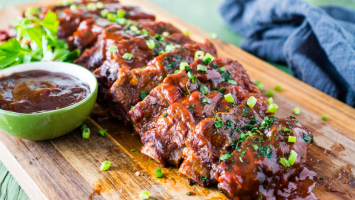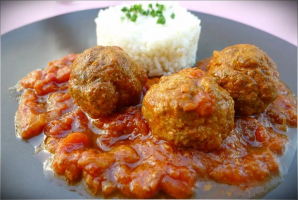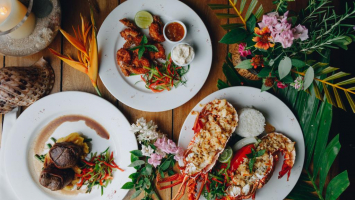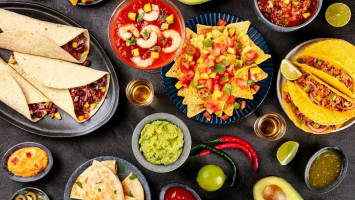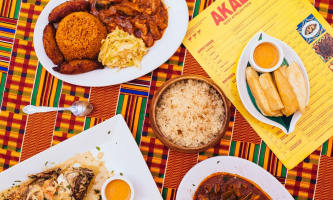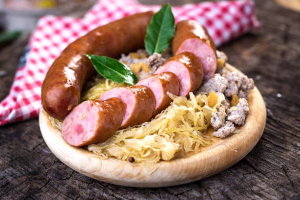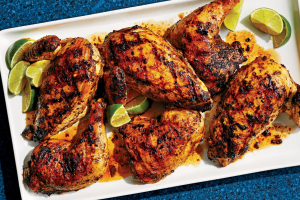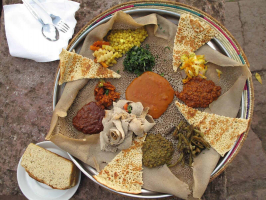Top 10 Best Foods In Norway
Most visitors to Norway come for the fjords, mountains, and northern auroras, and they do not give much attention to what they will eat while they are there. ... read more...However, Norwegian cuisine is fantastic! At the very least, you willl discover a few unique meals to sample while in Norway. Here are some delicious dishes in Norway that Toplist would like to recommend to you.
-
Norwegian brown cheese, or brunost, is one of the foods you must taste when in Norway. Is it because I am confident you will enjoy it? Certainly not. Brown cheese from Norway is one of those delicacies that you either love or hate.
When Norway was an impoverished country, Norwegians began manufacturing brown cheese. They wanted to use the whey from conventional cheese, so they combined it with milk and cream to make this brown cheese. Brown cheese has a flavor that is difficult to explain. It has a caramel-like appearance and flavor, with a hint of barn flavor. That is how characterize it, at least.
Despite this, many Norwegians use this caramel-colored cheese on a regular basis, such as over a slice of bread for breakfast or as a snack. The brown cheese from Stordalen Gardsbruk received a silver medal in the World Cheese Awards 2018 and is well-known outside of the nation.
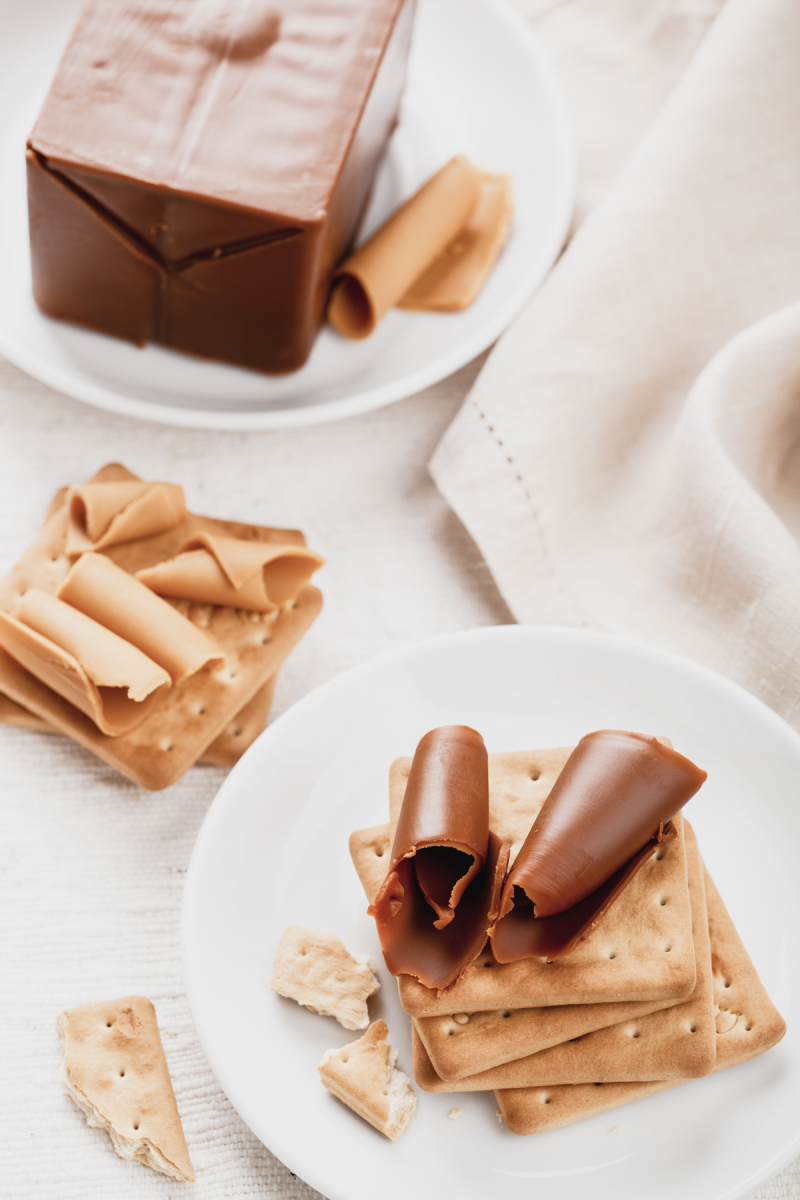
dailyscandinavian.com -
Many of Norway's indigenous Sami people still herd reindeer, and reindeer (reinsdyr) meat is a must-try for anybody visiting northern Norway. It is normally eaten with mashed potatoes and cranberry or lingonberry sauce, but you can also buy it dry or made as kebabs and sausages on special occasions like Sami People's Day (February 6) or during Troms' street food festival, SMAK (third week of September).
If you want to indulge, go to Emmas Drmmekjkken or Vertshuset Skarven in Troms, where you may dine with a view of the fjord.
With a fat content of only two per cent, reindeer meat is very lean. Beef typically has a fat content of nine percent, with lamb as high as 17 percent. Reindeer meat also has more than twice as much vitamin B12 than, say, veal or lamb. Vitamin B12 is essential to the human diet to prevent anemia, among other things. So you definitely have to try this reindeer meat when you visit Norway.
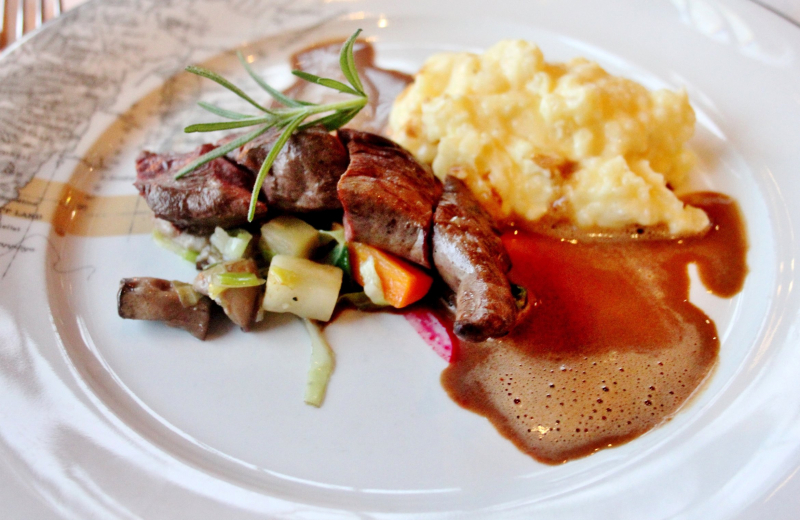
The Culture Map -
You can not visit Norway in autumn without tasting fårikål. Fårikål, or “sheep in cabbage”, is popularly regarded as Norway’s national dish. It even has its own festive day on the last Thursday in September. Throughout the autumn months, people all around the country arrange lamb stew parties.
The reason why fårikål became famous. Because it is a dish that Norwegians often make when gathering friends or family.
The season begins around September when the sheep are moved to the valleys from their mountainous pastures (having indulged in fresh grass all summer, their mutton is extra tasty). Commonly served with potatoes and bread on the side, the stew goes well with beer.
Norway’s national dish fårikål is easy to make and tastes heavenly – especially in good company. Many restaurants have delicacies on the menu. So it is easy for you to enjoy this delicious food in Norway. But in Oslo, try it at Lorry or Kaffistova - two exceptional restaurants in the capital that specialize in traditional Norwegian food.
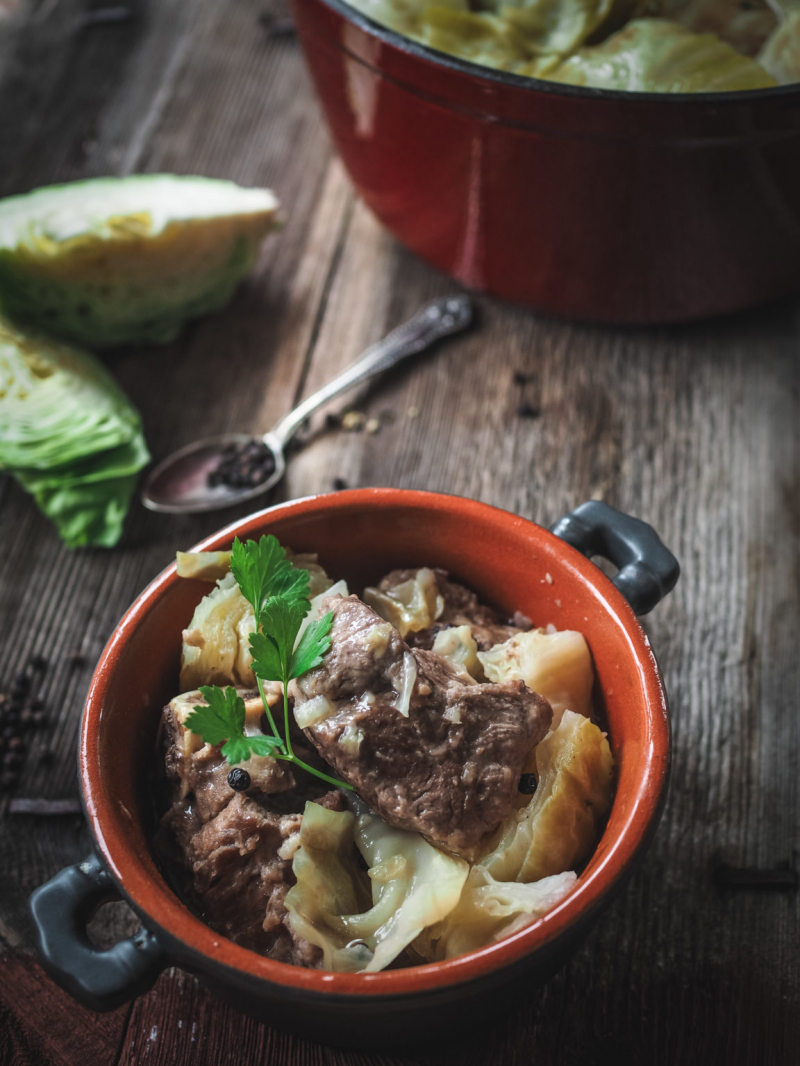
northwildkitchen.com northwildkitchen.com -
The king crab is a relative newcomer to Norway. It comes from the Pacific Ocean's far north, and it was formerly known in Norway as the "Kamchatka Crab," after the peninsula on Siberia's east coast. Soviet researchers began releasing these crabs into the Murmansk Fjord in the 1960s.
The crab flourished in this environment, and the first king crab was found in Norwegian seas just west of the border in 1977. Crabs may now be found off the coasts of West Finnmark and Troms, indicating that the crab population has spread westward. On the other hand, crab colonies are densest from the North Cape eastwards.
Now, all throughout the north, they are a staple of Norwegian fine dining, served in soups or simply with some bread and mayonnaise. You can also drink wine and champagne. That would be a very good combination. In Tromsø, a good place to sample king crab (krabbe) is the Fiskekompaniet.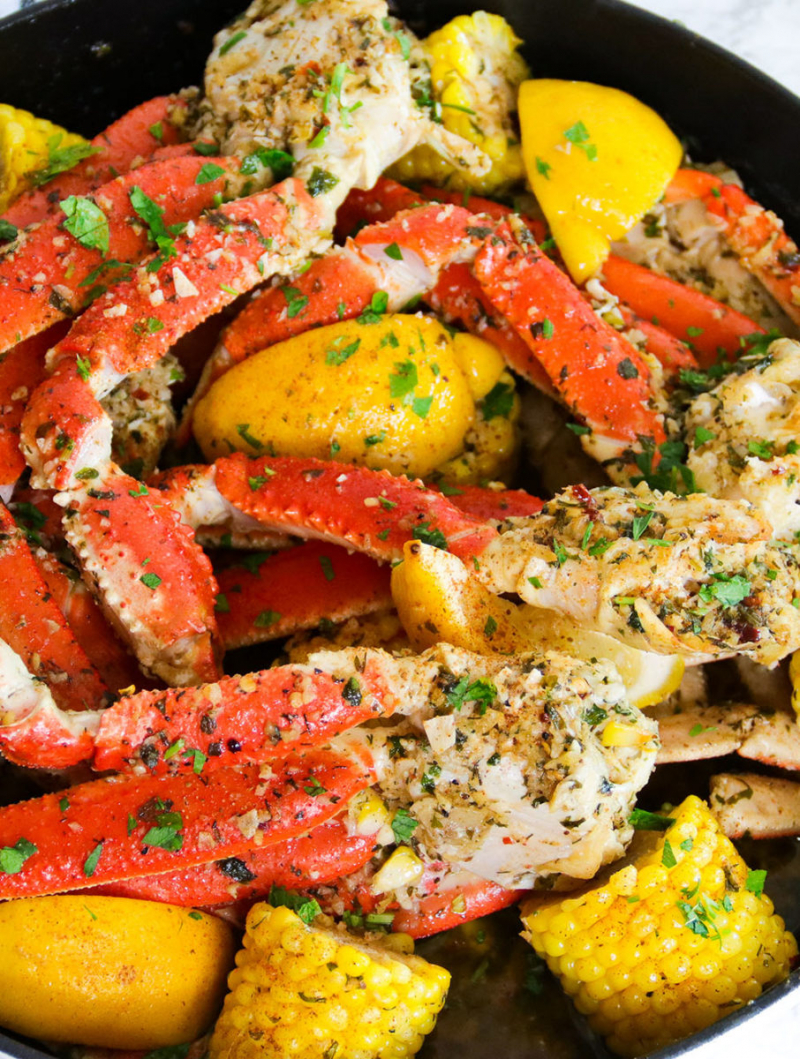
Carnal Dish -
Lapskaus is a thick Norwegian stew made of meat and potatoes. There are many variations of lapskaus. The dish may be made of fresh or leftover meat (usually beef or lamb, but sometimes also chicken, pork, or ham) and potatoes. Other typical ingredients are vegetables (such as carrots, onions, leeks, celery root, and rutabaga) and spices (such as salt, pepper, ginger, and herbs).
Lapskaus has brown and light versions. Brun "brown" lapskaus is made with beef, whereas Lys "light" lapskaus is typically made with pork, salted or smoked.It is thought that lapskaus is of German origin. Historically, it is referred to as a skipskost because it was served and eaten on-board ships while at sea, although the original version was far less imaginative than what we recognize as lapskaus today.
In addition, Similar dishes include the Danish labskovs, Finnish lapskoussi, or the German Labskaus. What is now a staple of Norwegian home cooking goes exceptionally well with craft beer. Try it with a pilsner at Pingvinen in central Bergen.
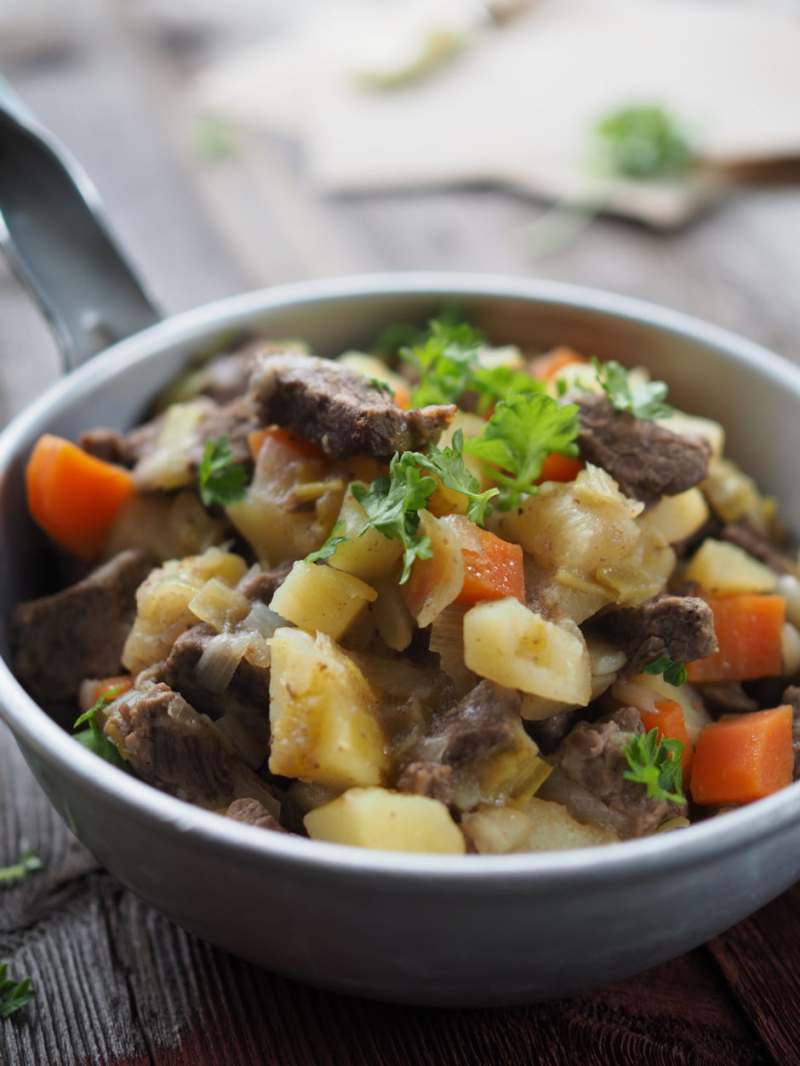
-
Lefse is a traditional soft Norwegian flatbread. It is often made with potatoes, flour, butter, milk, cream, or lard. It is cooked on a large, flat griddle. Special tools are used to prepare lefse, including long wooden turning sticks and special rolling pins with deep grooves.
There are many ways to flavor Lefse. The most common is adding butter to the lefse and rolling it up. In Norway, this is known as "lefse-klenning". Other options include adding cinnamon or sugar or spreading jelly, lingonberries, or gomme on it.
Scandinavian-American variations include rolling it with a thin layer of peanut butter and sugar, with butter and white or brown sugar, with butter and corn syrup, or with butter and salt, or with ham and eggs. Also eaten with beef and other savory items like Ribberull and mustard, it is comparable to a tortilla. Lefse is a traditional accompaniment to lutefisk, and the fish is often rolled up in the lefse.
Nordland County, in Norway’s upper reaches, has a thicker version called møsbrømlefse that is made with brown cheese. Head to Lefspia on Engeløya to try an authentic version of the latter.
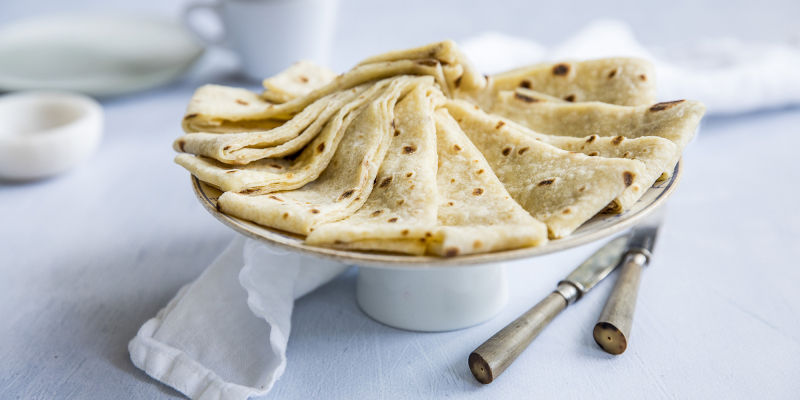
visitnorway.com -
Norway has a gastronomic cult that is pastry. Homemade cakes, pies, and buns are a part of traditional cuisine and a true paradise for visitors. So you will not be able to resist a temptation to taste one of them - sweet rolls "skoleboller". “School buns,” which feature a custard filling and grated coconut, got their name as they were once a common lunch for schoolchildren.
It is difficult to point out the origin of skoleboller. To know who created them or why. What is typically told about them is that starting around the 1950s, they were placed in children’s school lunch packs as a treat. Hence the reference to ‘school buns’ (skoleboller) or ‘school bread’ (skolebrød).
Today, they are a must for anyone who loves sweets, so it is a fortunate thing that you can find them in any café in Norway.
Godt Brød in Bergen, Kanelsnurren in Stavanger, and Kaffebønna in Tromsø are all good places to sample them.
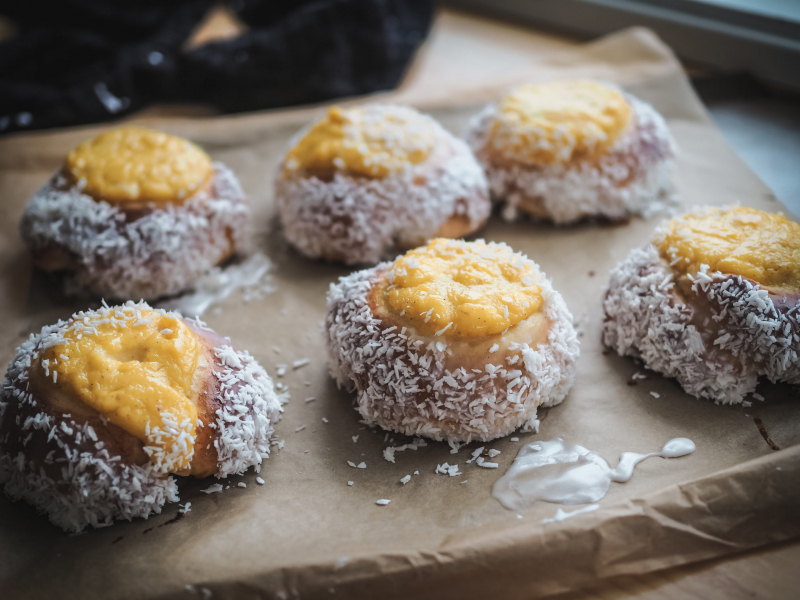
northwildkitchen.com -
Lutefisk is dried whitefish (normally cod, but ling and burbot are also used). Lutefisk is a dish that takes a whole process to make. It is made from aged stockfish (air-dried whitefish) or dried and salted cod, pickled in lye. It is gelatinous in texture after being rehydrated for days prior to eating.
Lutefisk is prepared as a seafood dish of several Nordic countries. It is traditionally part of the Christmas feast. Similar dishes include Norwegian julebord and Swedish julbord, as well as Finnish joulupöytä.
Lutefisk is traditionally served with boiled potatoes, mashed green peas, melted butter, and small pieces of fried bacon. The dish goes well with white wine. In Norway, Sweden, and Finland, lutefisk is a part of the Christmas tradition and is mostly eaten with boiled potatoes, green peas, and white sauce. Regional variations include a sprinkle of freshly ground allspice or black pepper and the addition of coarsely ground mustard in the white sauce (in Scania). In parts of Jämtland it is served on flatbread along with whey cheese.
Lutefisk is widely consumed in foreign countries such as the US and Canada. But if you come to Norway please try it at least once. Det Gamle Rådhus or Lofotstua, both in Oslo are great places to try it.
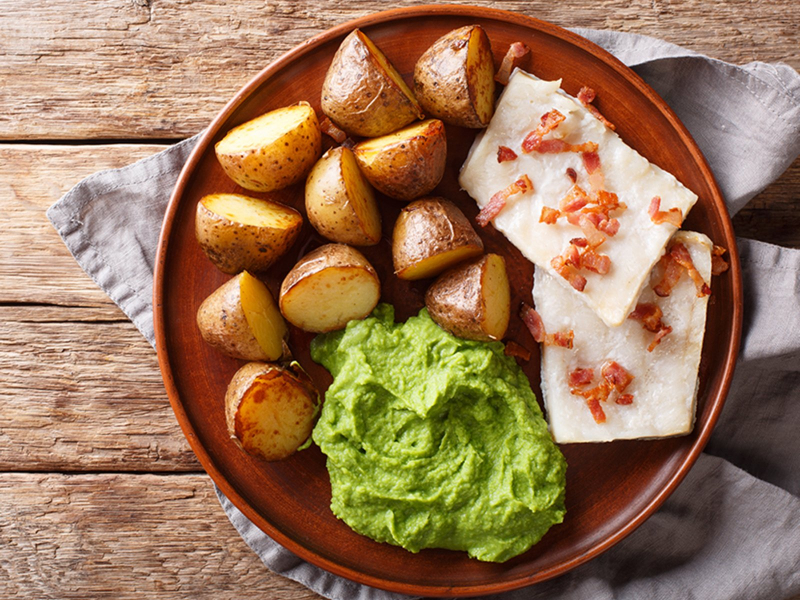
GuteKueche.ch -
If you are looking for a traditional Norwegian Christmas dinner, start with the Ribbe. Ribbe or Juleribbe is one of the most iconic dishes in the traditional Norwegian kitchen. Made from pork belly, the goal is the juiciest meat with the crispiest crackling. This method is by far the easiest way of getting the most spectacularly crispy crackling and mouth-watering meat.
This roast pork belly needs several hours in the oven, but once it is formed its golden crust and is served on the table with potatoes, sour cabbage, and lingonberry sauce, chances are you will not want anything else for Christmas dinner ever again. Luckily for you as a visitor to Norway, you can also get your hands on Ribbe in the run-up to Christmas, perhaps at Asylet in Oslo.
In addition, Toplist has a few useful tips for you. If you want super juicy meat, you need low and slow heat. If you want crisp crackling, you need high heat. And if you consider making extra meat, so you can have Norwegian Ribbe steam buns leftover dinner!
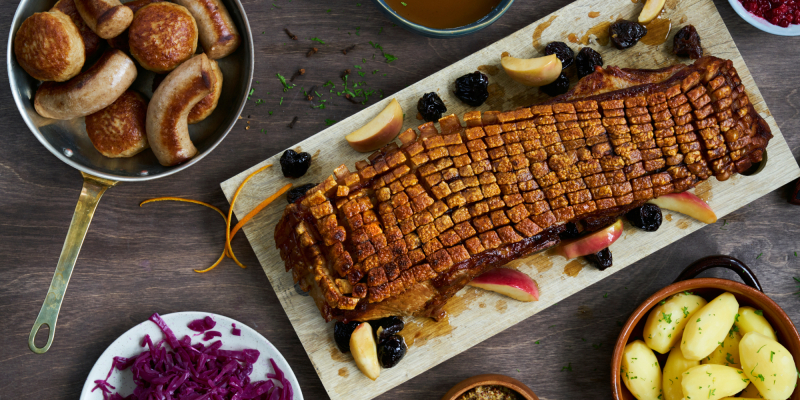
visitnorway.com -
While Ribbe is the most popular Christmas meal, Pinnekjtt is the most popular among Norwegians in the western regions of the country. To put it simply, Pinnekjtt is lamb ribs that have been salted and occasionally smoked to preserve them. But it takes a whole process to make this dish.
"Stick Meat" is how Pinnekjtt is literally translated. Ribs from a baby goat, deer, venison, or even moose can be used.
To prepare the meat, it must be soaked in water for at least 30 hours to eliminate the majority of the salt. However, it may be left to its own devices, giving you more time to concentrate on the side dishes. Few Norwegians eat Pinnekjtt without a dash of swede mash (rotmos), a swede, carrot, and potato mash. Add a teaspoon of lingonberry jam to the platter, along with a couple of boiled potatoes, and you've got yourself a hearty, festive lunch.
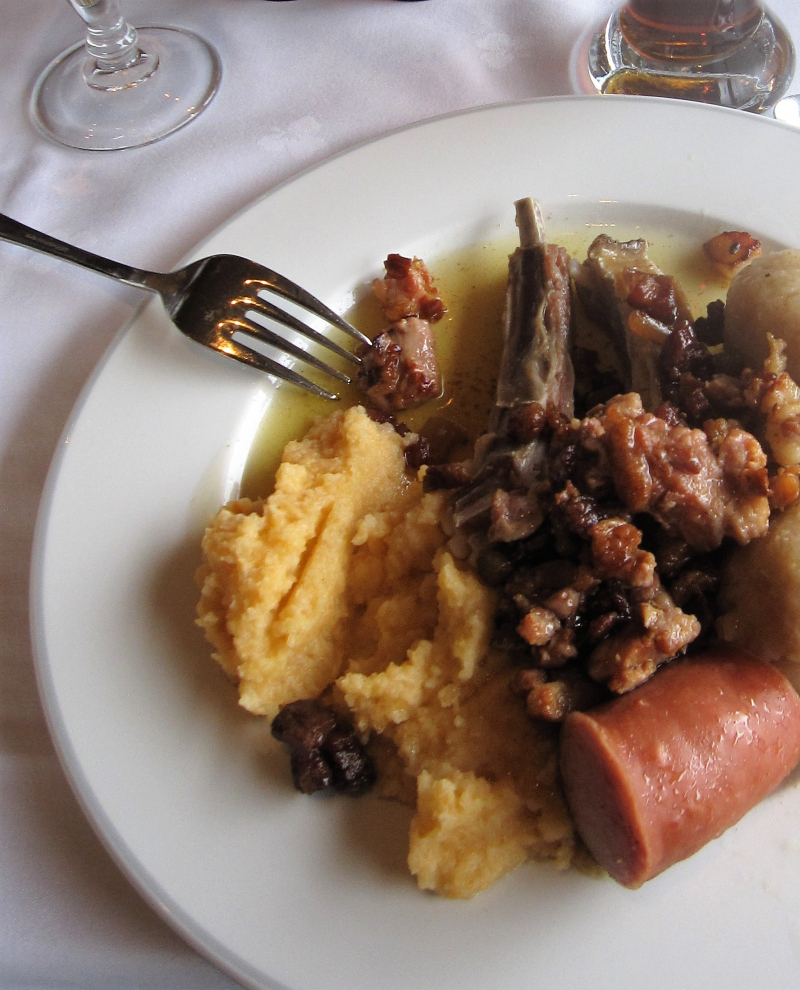
Bernt Rostadt - Raspeball












